Ten true corset facts that will blow your mind! – Museum Clickbait


Ten true corset facts that will blow your mind!
Have you been told that corsets were torture devices whose sole purpose was to subjugate women by lacing them so tightly they couldn’t breathe? The truth might shock you!
1) All those tiny corsets in museum collections are only the examples that survived –and they probably survived because they were so small. Adverts show that Victorian corsets were sold in about the same range of sizes as modern clothes.
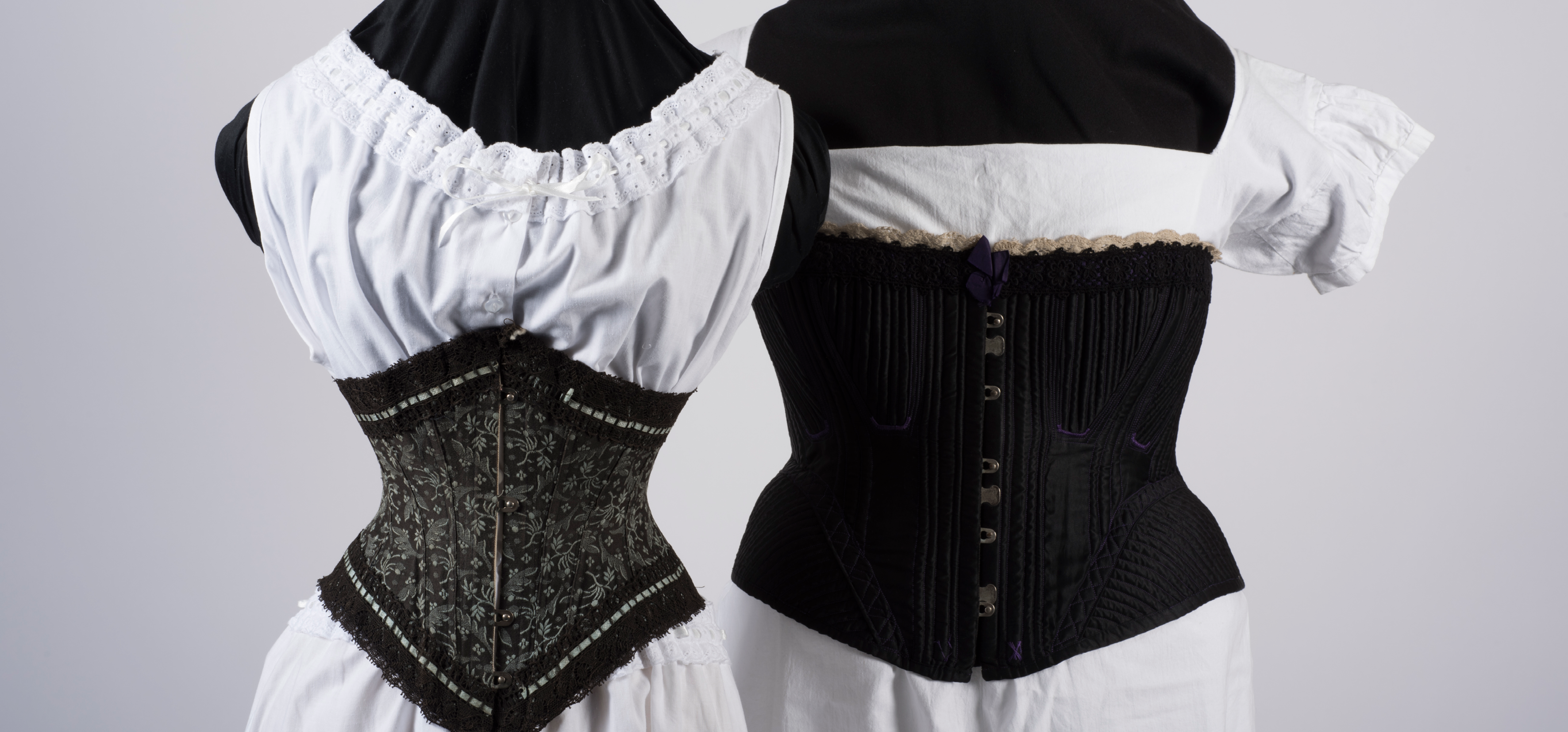
2) Victorian photos of corseted women were often doctored to make their waists look smaller. No, really. This visiting card from around 1880 shows a more realistic corseted shape.
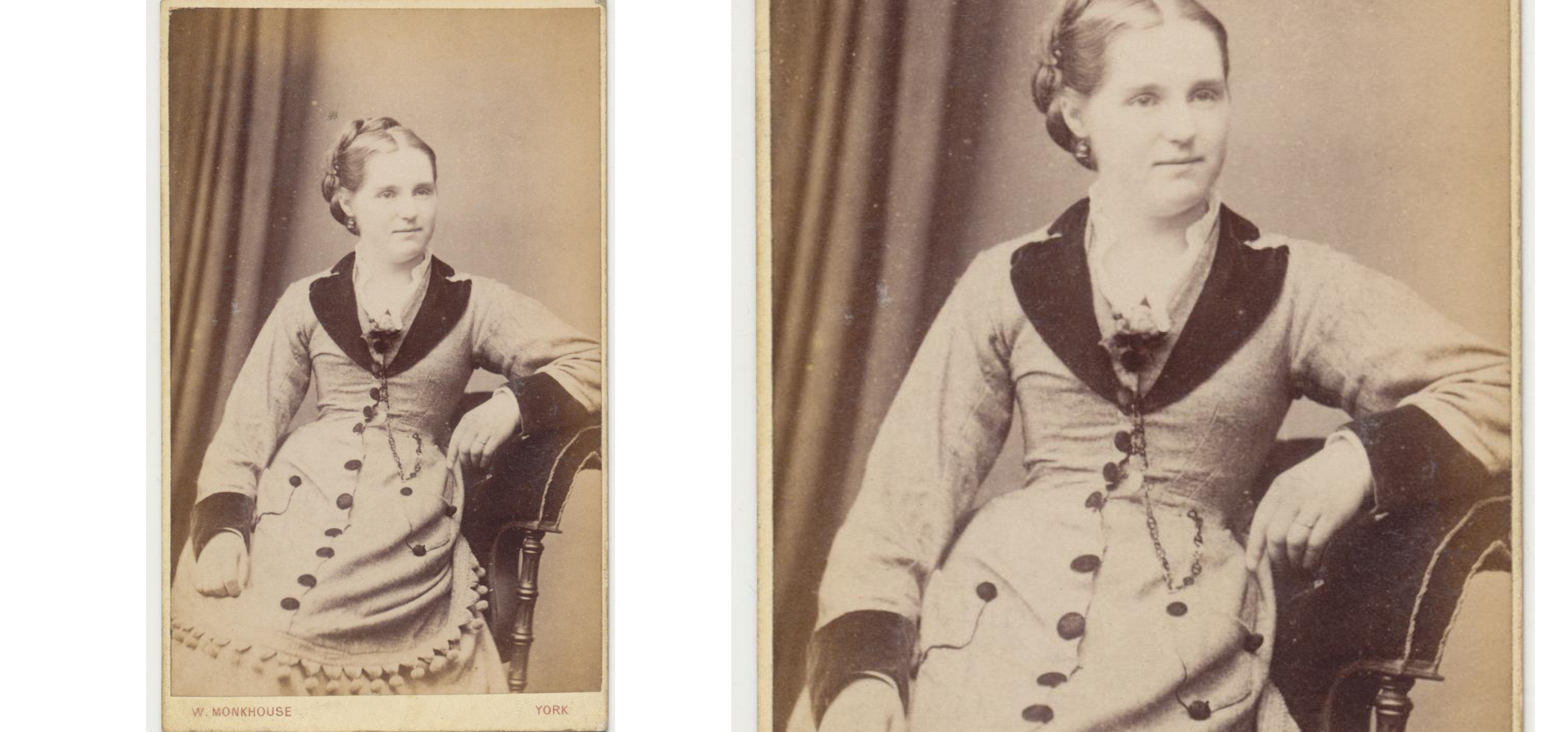
3) Victorian fashion isn’t about gaining a tiny waist, it’s about gaining the illusion of a small waist. It’s all about proportion. Padding was used at the hips and bust to create the desired kinds of curves.
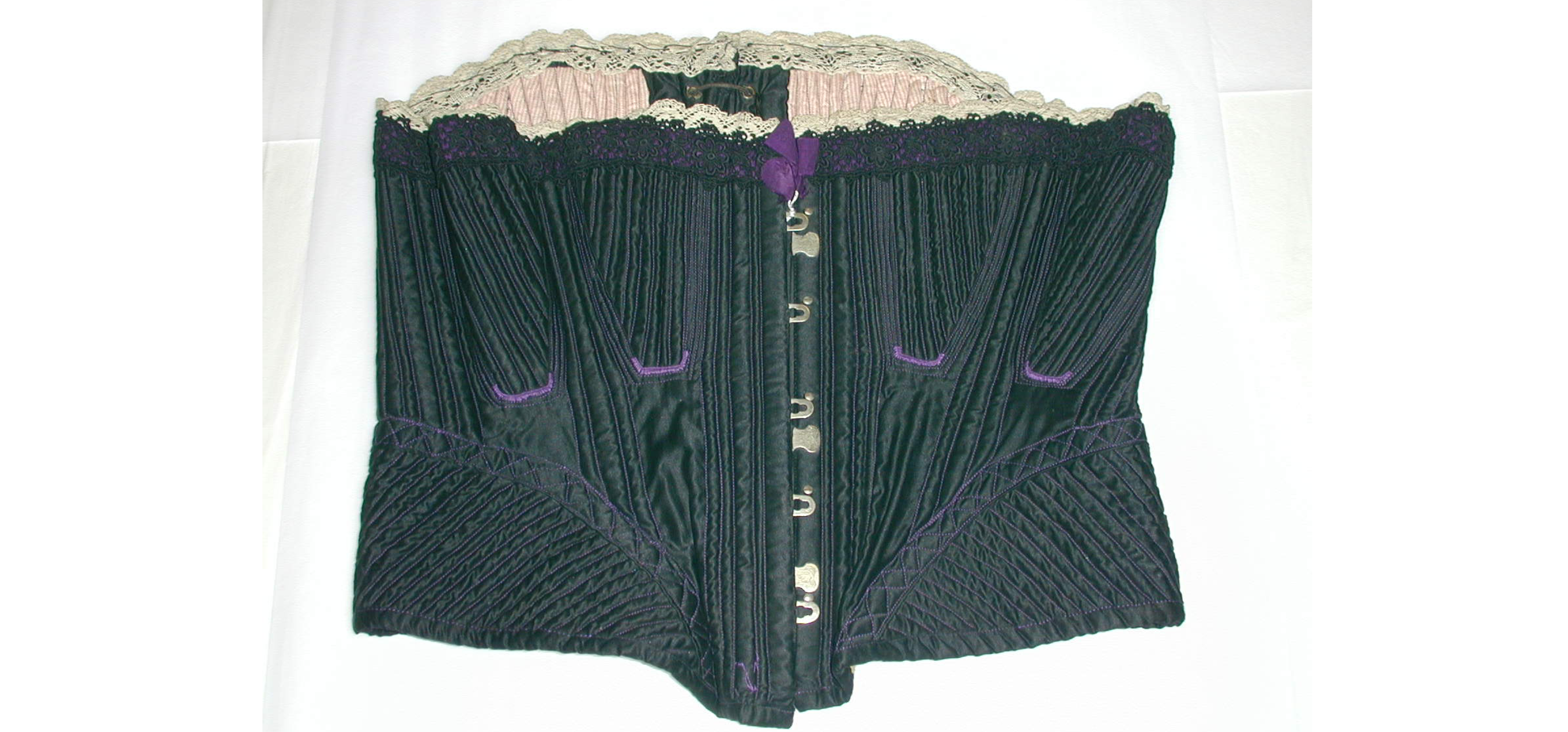
4) The most important thing a corset did for a Victorian woman was make her look respectable. The social pressure to wear a corset was similar to the pressure women felt in the mid-to-late 20th century to wear a bra. Like with bras, some women rebelled. Victorian rebels might wear an Anti-Corset instead, which was a lightly boned garment that supported the bust.
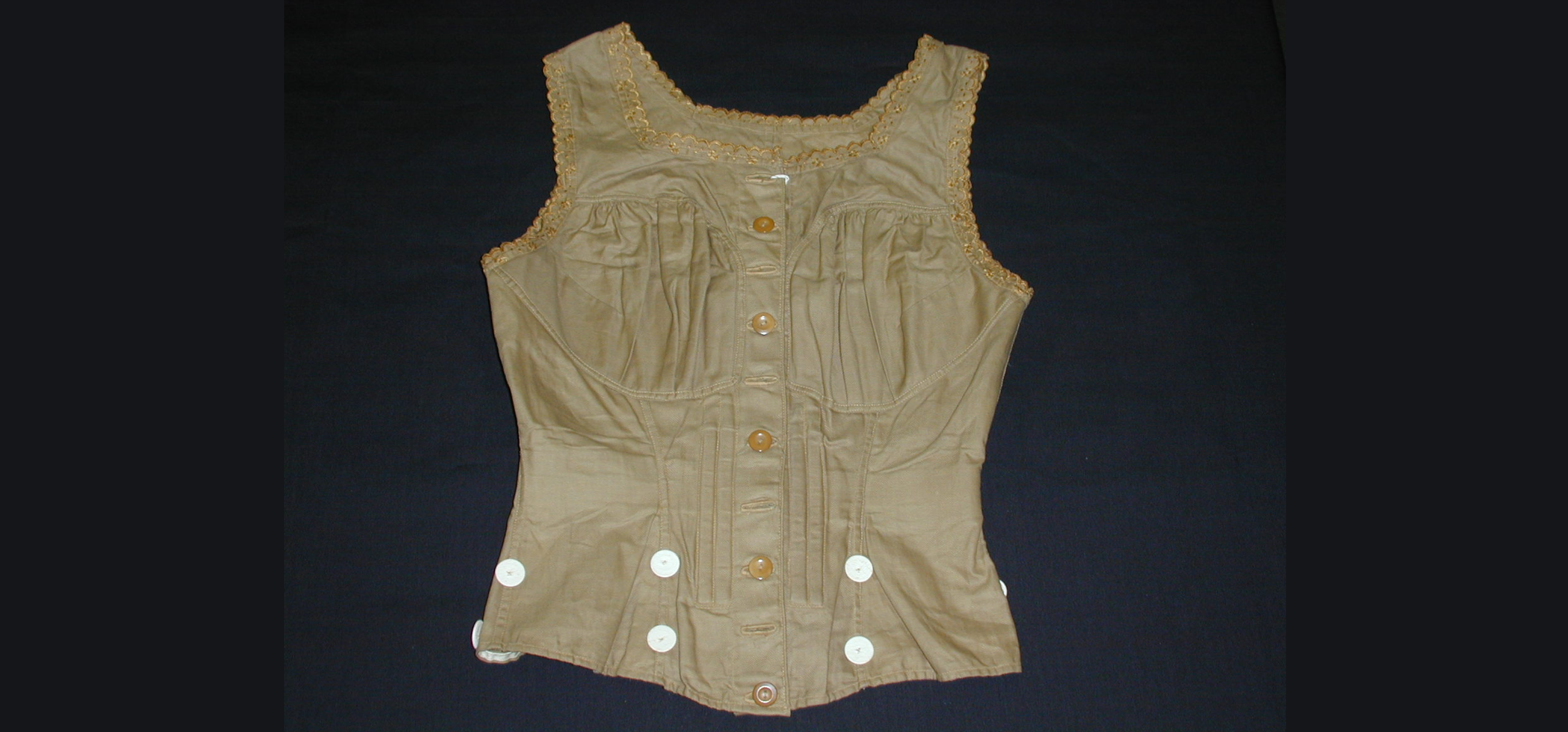
6) Toddlers wore corsets. These weren’t about fashion. They were stiffened tubes meant to help the child’s skeleton grow correctly and prevent rickets. We now know rickets are caused by a deficiency of vitamin D.
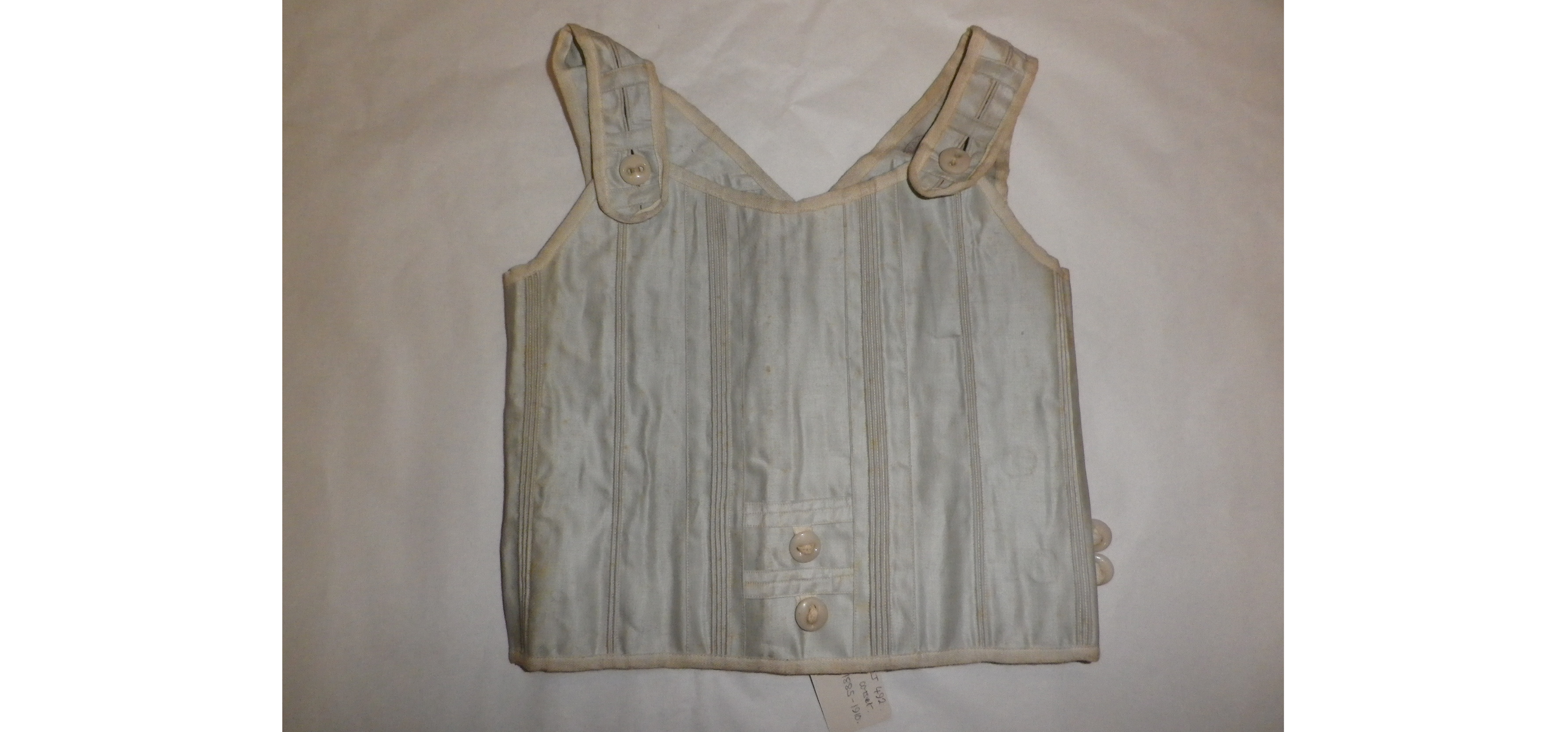
7) Yes, tight-lacing happened, but it wasn’t practiced by everyone. Most women wore lightly-boned corsets which gave support and a respectable shape. Corsets spread the weight of all the many layers of a Victorian outfit. This helps prevent indigestion from waistbands digging in.
8) Corsets were never worn directly next to the skin. This is really uncomfortable, and will quickly ruin the corset as they’re not easily washable. Instead, corsets are worn over a loose garment called a shift or chemise. For people with bigger busts, a bust-bodice – like an early kind of bra – would also be worn.
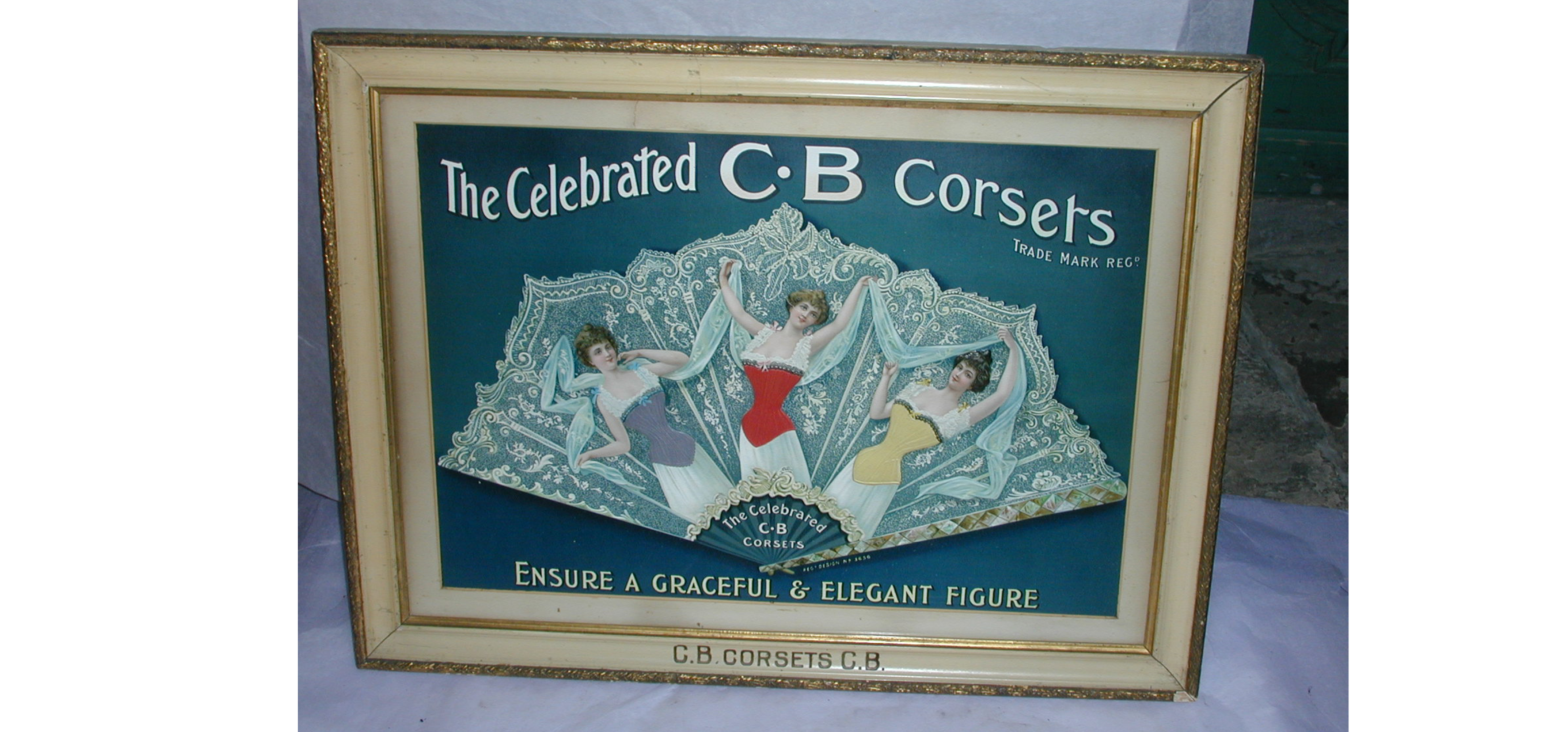
9) Corsets help keep your kidneys warm. Victorians believed all manner of health problems could be caused by cold kidneys.
10) Doctors were divided about corsets. Some thought women’s bodies were too weak to support themselves without corsetry, and some thought that corsets were a danger to health. Both sides had their own agendas.
Latest News
- From the Factory Floor: York Castle Museum launches appeal for information about the confectionery community in the city
- York Museums Trust launch Creative Conversation Box Loan Scheme to support people with memory loss and social isolation
- Summer at York Castle Museum 2025
- Finding nature in the heart of urban York: York Museum Gardens wildflower meadow is back.
- Exclusive Harland Miller merchandise now available to buy through York Art Gallery’s new online shop


